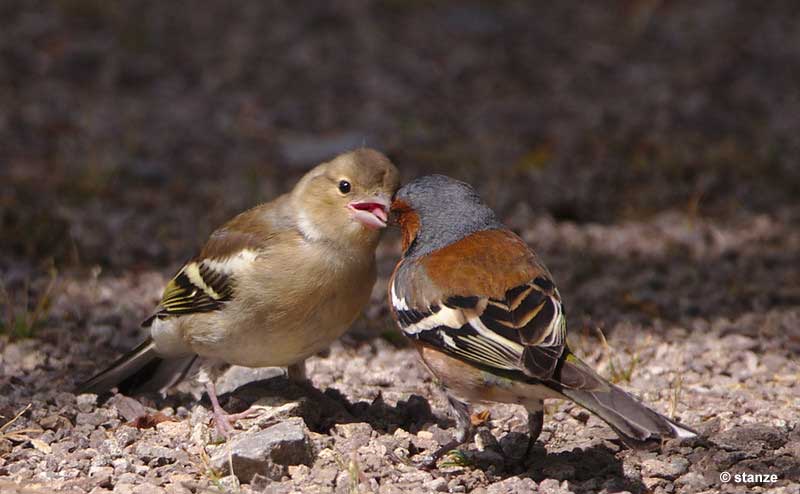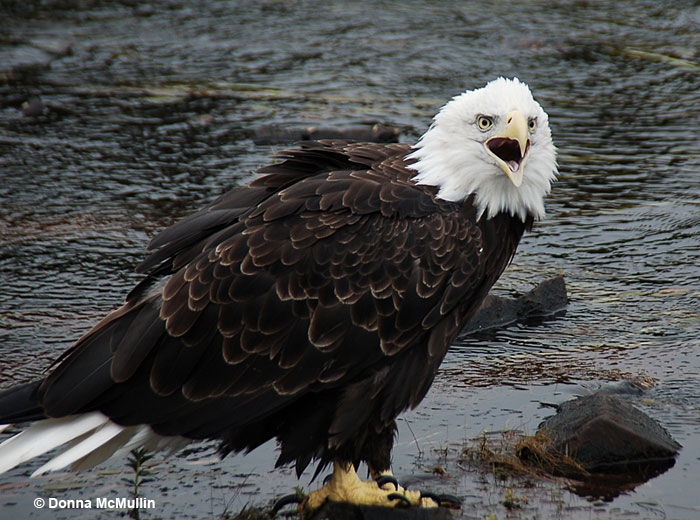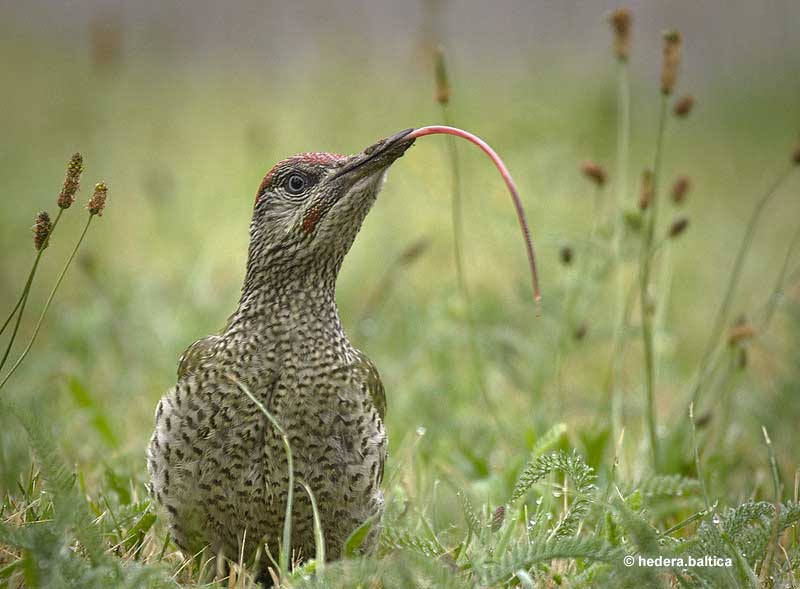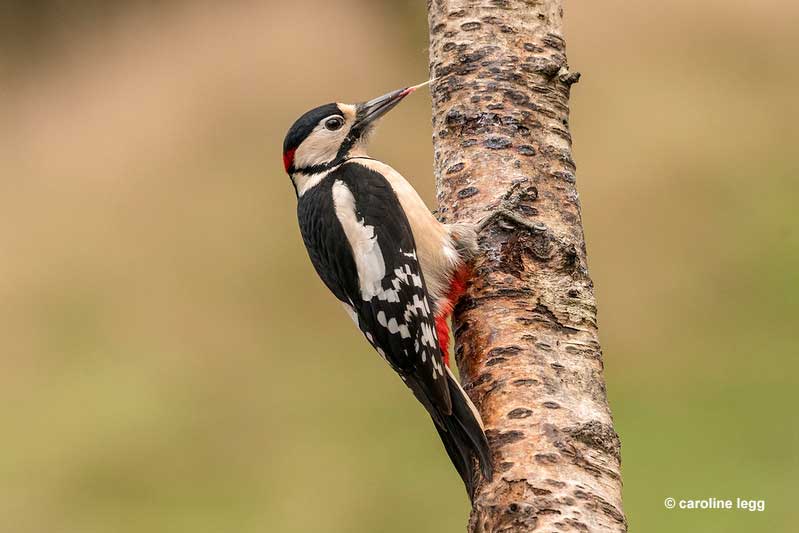
Birds captivate us with their unique and beautiful characteristics, that them apart from other animals. From their vibrant feathers to their remarkable flight abilities, there’s always something fascinating to discover about these feathered companions.
But do birds have tongues? In this article, we’re going to cover everything you need to know and unravel the astonishing anatomy of birds.
Unlike the muscular tongues in humans and other mammals, bird tongues are slender and bony. They come with a rough and textured surface, aiding the bird in grasping its food and maneuvering it toward the back of its mouth.
On this page
Do birds have tongues?
Yes, all birds have tongues, but their characteristics vary significantly. From the elongated, retractable tongues perfectly adapted for extracting insects from tree crevices to the small and seemingly vestigial tongues found in flightless birds like emus, ostriches, and cassowaries.
Related topic: Are birds mammals?
Bird tongues come in a wide array of shapes, sizes, and textures, each tailored to fulfill specific needs related to foraging, eating, drinking, and, in some instances, communication.
What do birds use their tongues for?
Birds heavily rely on their tongues for foraging and subsequent food digestion, each species exhibiting unique adaptations suited to their specific dietary needs. These versatile tongues serve various functions, such as drinking, sucking nectar or bone marrow, scooping grain, or capturing insects.
Birds that eat fish, like ducks, excel at filter feeding. Their tongues are vital in this process, as they skillfully filter out mud and water while retaining the desired food underneath.
By pushing down their tongues, they effectively eject any undesirable elements. This ensures only food is left behind.
Alternatively, parrots use their tongues not only for feeding but also for the ability to mimic human speech. The flexible muscles in their tongues contract and expand, enabling them to produce an extensive array of sounds.
Birds’ tongues are remarkably adaptable organs contributing significantly to their feeding behaviors and survival strategies.
From filter feeding to speech mimicry, they play an integral part in the lives of various bird species.
Different kinds of tongues
From the information provided above, it’s clear that bird tongues display remarkable diversity, tailored to serve distinct functions for different species. Here’s an overview of the various types of bird tongues.
Nectar Tongues

© Doug Donaldson
Nectar-eating birds, like hummingbirds, have distinct tongue adaptations. Often elongated and tubular, these tongues allow them to siphon up nectar from flowers and bird feeders efficiently.
Interestingly, the forked tips of their tongues are naturally curled longitudinally, resembling a straw. When the hummingbird inserts its tongue into the nectar, the ends unfurl and then curl back up as the bird withdraws its tongue.
Muscular Tongues
Birds equipped with muscular tongues benefit from their ability to grasp nuts and seeds securely. Parrots have this tongue type, allowing them to manipulate food and mimic diverse sounds.
Sticky Tongues
Woodpeckers boast sticky tongues furnished with an adhesive substance at the tip. This advantageous feature assists them in capturing insects concealed in tree crevices.
For example, the Northern Flicker, a woodpecker species native to North America, holds the record for the longest bird tongue ever recorded.
When foraging, its tongue extends up to an impressive 4 inches from the tip of its beak. What’s even more astonishing is that this remarkable tongue has the ability to retract and coil around the inside of its skull when not in use.
Long tongues are a characteristic trait among woodpeckers, and there’s a possibility that other species may possess even longer tongues, awaiting discovery and measurement by scientists.
Grooved Tongues

A grooved tongue features a central groove; this type of tongue can be seen in vultures and eagles. This unique design enables birds to extract bone marrow by sucking it out.
Piston Tongues
Birds like flamingos and pigeons possess piston tongues. This unique tongue structure permits these birds to draw water into their mouths without requiring a tilting motion of their heads.
Bird Tongue Features
Birds possess tiny hair-like structures on their tongues, known as papillae, which house protein-digesting enzymes and play a crucial role in trapping food particles. During digestion, these particles are ground down with the assistance of the papillae.
Some bird species, like Red-breasted Mergansers, geese, and penguins, feature a crest of papillae at the back of their tongues to aid in swallowing.
Additionally, the birds listed above have tongues with serrated or barbed edges. These barbs, resembling teeth to the untrained eye, are keratin spikes, enabling birds to securely grip onto foods like fish.
Furthermore, birds possess salivary glands in their beaks, located at the base of their tongues.
These glands moisten the food, aiding in the process of swallowing, and they produce mucus that helps prevent bacterial contamination during consumption. Combining these fascinating adaptations ensures that birds are well-equipped for efficient feeding and digestion.
Frequently Asked Questions
What does a bird’s tongue look like?
Birds’ tongues come in a wide array of shapes, sizes, and textures. Each is uniquely adapted to fulfill specific purposes in foraging, eating, drinking, and, in certain instances, communication.
Which bird has the longest tongue?
A woodpecker species native to North America, The Northern Flicker, holds the record for the longest bird tongue ever recorded. When foraging on the ground for ants, its tongue extends up to an impressive 4 inches from the tip of its beak.
Do birds have teeth on their tongue?
Birds don’t have teeth. However, some bird species have ridges on the edges of their tongues or bills that aid them in gripping food. Birds do not chew their food like mammals; instead, they swallow it whole. The grinding of food takes place in the gizzard, a specialized part of a bird’s stomach responsible for an essential role in their digestive system.
What birds do not have tongues?
All birds have tongues, from the retractable yet remarkably long tongues of woodpeckers, which are expertly designed for capturing insects deep within tree trunk holes, to the tiny and seemingly vestigial tongues found in flightless birds like cassowaries, ostriches, and emus.




zayn
Saturday 2nd of September 2023
This post is a true gem. Your insight and perspective are so refreshing. Thanks for sharing this inspiring content with us all.